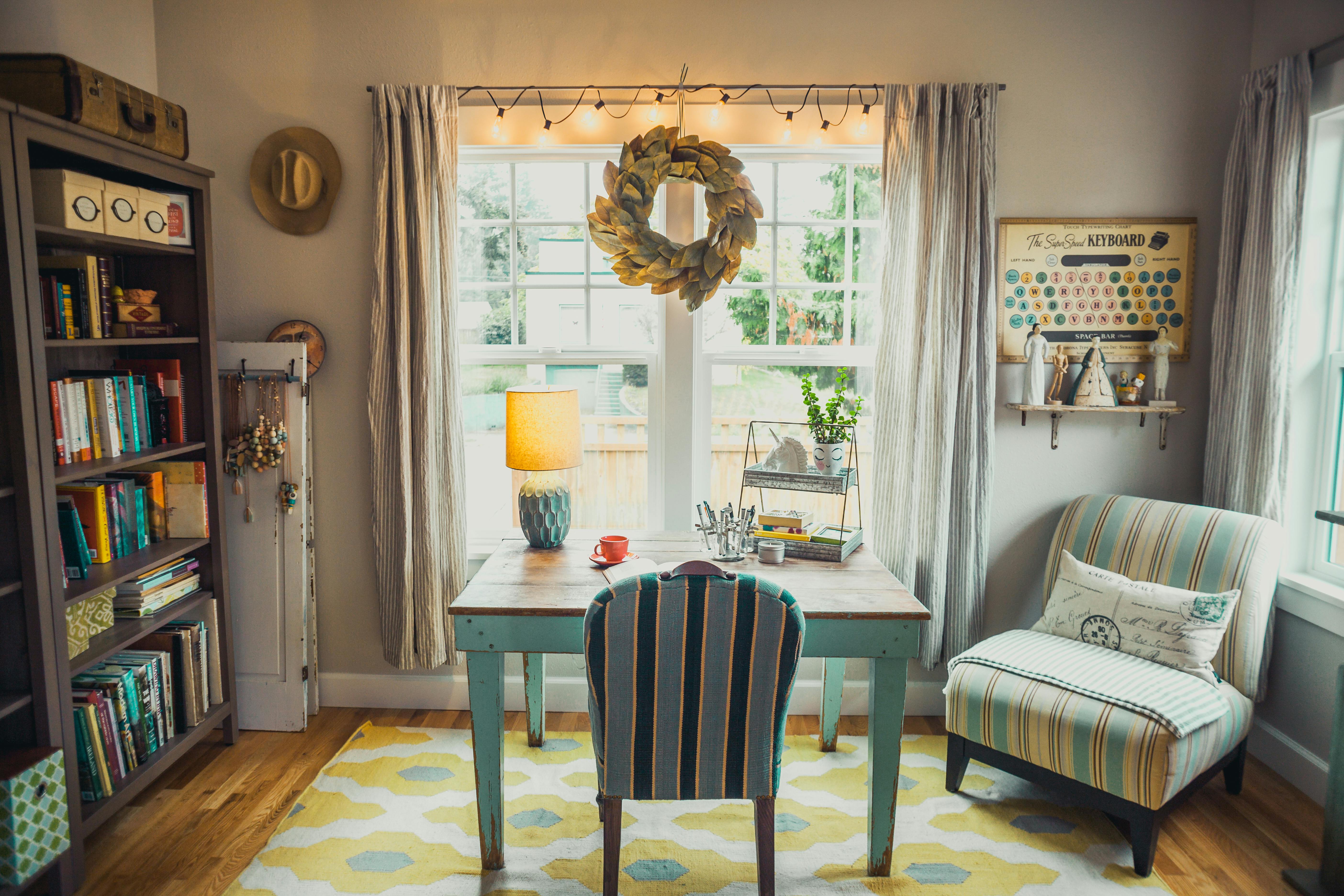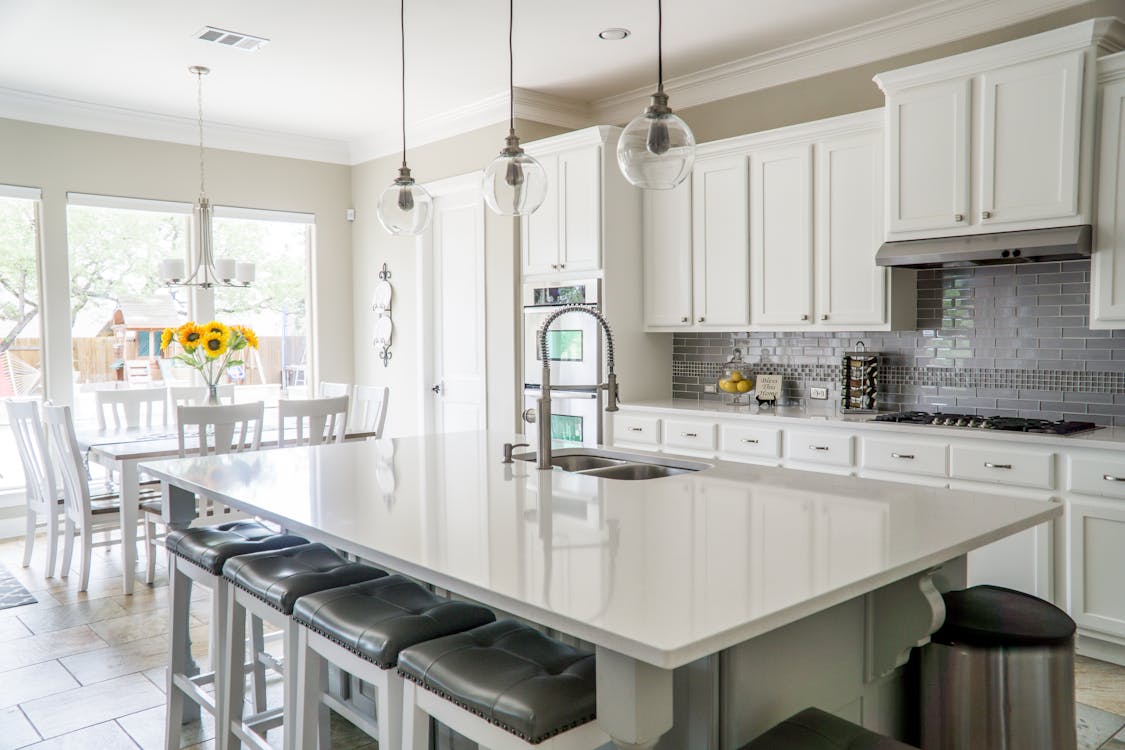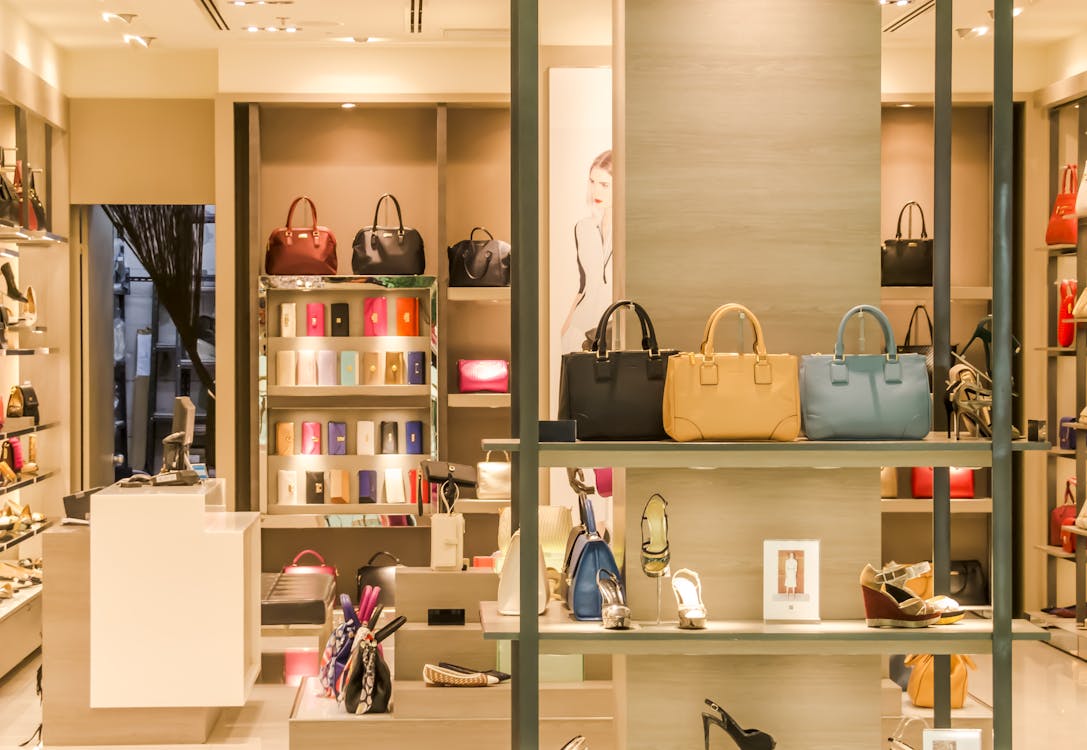Selecting Counter Top
There are many options available to consider when it comes to selecting a kitchen worktop.
The foremost is budget, and this will control the type of material you choose. The second is the features and benefits like - how low maintenance do you want it to be - and the third is the look - what colour and texture you want, along with any design details such as edge moulding, sweeping curves or the latest thin edged profile.
You may want your kitchen's worktop to complement your cabinets or you may prefer a contrasting colour - try as many different samples as you can, and you may find something you never considered before.
Current trends
Quartz is popular material for kitchen counter tops. With a spotlight on neutral tones, it offers a look that sits perfectly alongside the raft of contemporary furniture available, from high gloss finishes through to natural timbers. White quartz is always popular, as it offers a clean, crisp look perfect for kitchens.
Thickness and depth
The thickness and depth of counter tops is playing an important role in the kitchen With modern materials such as Silestone and other solid surfaces, extra deep islands and peninsular units can be created .their thickness may vary between 16mm to 60 inches or more. These are perfect for accommodating the latest downdraft extractors that are seamlessly integrated into the worktop to avoid having a large overhanging extractor, creating an altogether more streamlined look.
Height
your countertop should be placed at a height which is comfortable for woking.Varying the height of your worktop not only offers practical benefits but aesthetic ones, too. Getting it right however, is all down to good planning and the skills of a professional kitchen installers. Ergonomically, it’s important to have the correct height for different tasks. The standard worktop height is designed to work and cook at. The same level is not comfortable to sit at on a bar stool or chair and long-term use could potentially lead to bad posture or health problems.
When varying the height of worktops for different zones, consider the materials to suit them. Granite is the perfect surface for baking, as it is always cool. If there’s a large expanse of a black worktop, introduce lighter tones, texture and a different height to break up the dark area and add interest to the scheme.
Mix and match
Mixing materials is a growing trend, adding interest and texture to schemes and preventing the look from being overpowered by one material. It may also potentially help to reduce the cost of worktops. For example, granite is a premium material that comes with a premium price, so introducing areas in timber will not only make a feature in the scheme but may also be more affordable.
Granite
Granite worktops are incredibly popular,as they are both strong and durable. It’s also a great choice for keen cooks, as its cold surface is perfect for pastry making. Each slab of granite will be unique, as it’s a natural stone, so expect different veining and colour from the samples you see. It also needs to be well looked after, as it can scratch and stain easily, but just make sure you use chopping boards for prepping and trivets with hot pans and always check that it’s been pre-sealed before installation.
Marble
Marble worktops are available in a choice of four materials and are ideal for adding a beautiful, natural look to your kitchen. Your marble worktop is special and needs to be cared for, so speak to your local Second Nature specialist for more information on how to look after it.
Quartz
Quartz worktops are also available in a range of edge profiles. This man-made granite alternative offers various benefits, such as greater colour consistency. Silestone quartz, for example, is available in over 60 colours and has the added benefit of built-in antibacterial protection. Quartz is also highly stain resistant and scratch resistant, too, but as with all worktops, take extra care and always use chopping boards and trivets just in case.
Acrylic Solid Surface
Acrylic solid surface perfect for creating fluid shapes, curves and flowing lines. As they are man-made, the colours and patterns are consistent and the joints are invisible, providing a seamless finish that can be clubbed with matching integrated sinks to create the impression of one single piece. This makes it really hygienic, too, as there are no gaps or joins for dirt and bacteria to hide in. The latest flush-fit hobs are also the perfect partner for these surfaces.
















